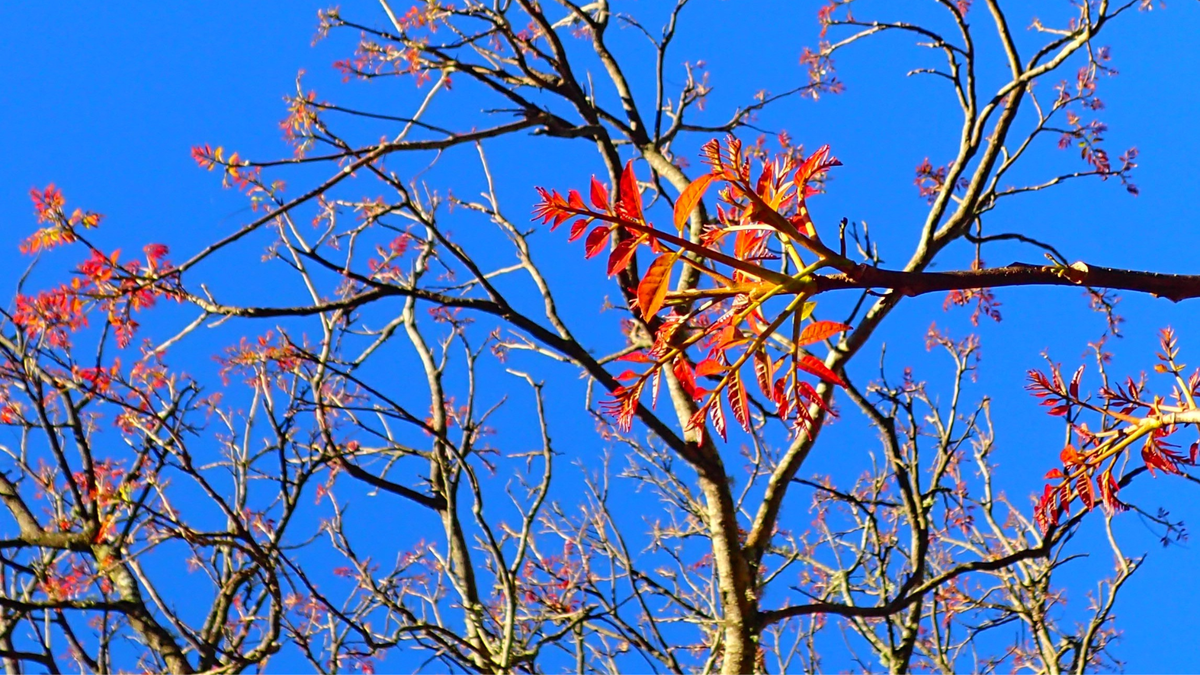Red cedar trees tower above the forest canopy at heights of 40 – 60m.
When visiting Mary Cairncross, pause at these hardwood giants and look up. Along the cedar’s grey-brown trunk and branches, you will see a myriad of orchids, mosses, lichens and iconic ferns such as staghorns and elkhorns.
Native deciduous trees are rare in the Australian landscape. The red cedar loses its leaves in the winter months, blanketing the forest floor and providing the ideal habitat for leaf litter-dwelling lizards and insects. Come spring, the red cedars put on a show with vibrant, red regrowth.
Red cedars are well known for their high-value cabinet timber. Early European settlers referred to it as ‘red gold’. Extensive logging of this valuable tree in the 19th and early 20th centuries continued at unsustainable rates until forests were commercially exhausted. The red cedar is now a protected species.
While the red cedars in Mary Cairncross today are large, they were once some of the largest cedars in the world. The largest recorded had a 6.14m girth and was cut down less than two kilometres from the reserve. Although classified as a fast-growing species, it may be another 200-300 years before Mary Cairncross visitors are graced by the majestic presence of the true red cedar giants.
